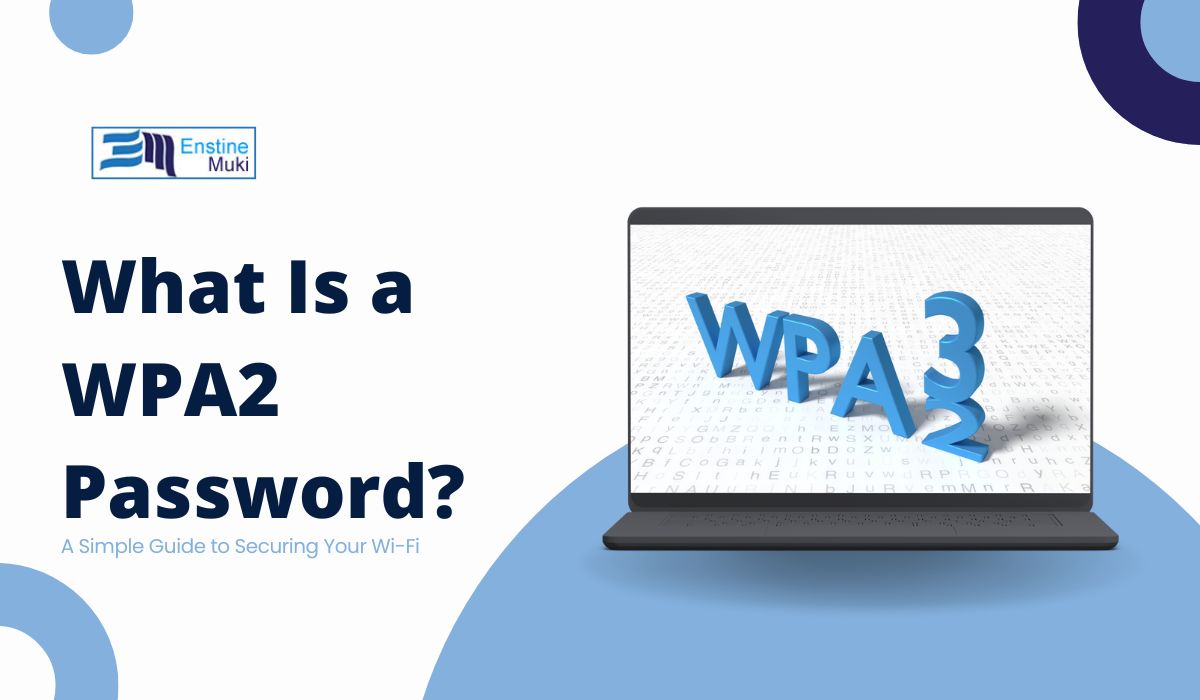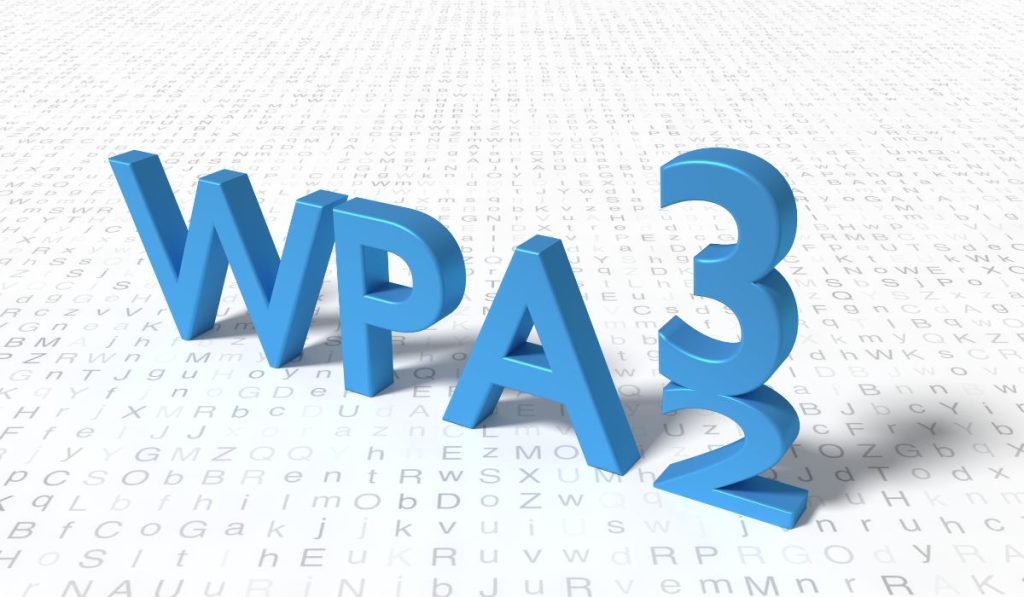If you have ever set up a Wi-Fi network or tried connecting to one, you have probably come across something called a WPA2 password. At first glance, it might sound complicated, but it is really not. In fact, WPA2 is just a type of security that protects your Wi-Fi network from unwanted visitors. Imagine it as a lock on your front door—without the key (or password, in this case), no one can get in.
But what exactly is a WPA2 password? And why should you care about it? Let us break it down.
What Is WPA2?
WPA2 stands for Wi-Fi Protected Access 2. It is a security protocol that keeps your Wi-Fi network safe from hackers and other unwanted guests. Think of WPA2 as the security guard for your internet connection, making sure only people you trust can access your network.
In simple terms, when you connect to a Wi-Fi network, WPA2 is what protects the data being sent between your device and the internet. It stops others from “eavesdropping” on your connection or sneaking in without your permission. If someone does not know the password, they cannot connect.
What Is a WPA2 Password?
A WPA2 password is just the key to your Wi-Fi network. When you set up your home Wi-Fi, the router asks you to create a password. This password is what people need to enter when they want to connect to your internet.
It is like the secret handshake that grants access to your network. If someone does not know the password, they will be locked out. No internet for them!
The stronger your password, the harder it will be for anyone to break in. So, avoid simple ones like “password123″—that is asking for trouble. Go for something unique and hard to guess, like mixing numbers, letters, and symbols.
WPA2 vs Other Wi-Fi Security Types
Now, you might wonder, “Why is WPA2 so special?” Well, let me explain.
Before WPA2, there were other types of Wi-Fi security like WEP and WPA. But these older protocols were not as secure.
- WEP (Wired Equivalent Privacy): This was the first type of Wi-Fi security, but it is as outdated as a flip phone. Hackers can easily crack WEP passwords, making it unsafe for modern use.
- WPA (Wi-Fi Protected Access): A step up from WEP, but still not perfect. While better, it has some vulnerabilities that advanced hackers could exploit.
- WPA2: This is where things got serious. WPA2 added stronger encryption, making it much harder for anyone to snoop on your Wi-Fi traffic. It is the security standard most routers use today.
But hold on—there is even WPA3, the latest and greatest in Wi-Fi security. However, most homes and businesses still use WPA2 because it is reliable and works well with almost all devices.
How to Find Your WPA2 Password
If you are scratching your head wondering, “Where is my WPA2 password?”—do not worry, you are not alone. Finding it is easier than you think.
- On Your Router: Most routers come with a default password printed on the back or bottom. It is usually labeled “WPA2 Key” or “Wi-Fi Password.” However, if you or someone else changed it during setup, you will need to check your settings.
- In Your Router Settings: You can also log into your router’s settings using a web browser. Simply enter your router’s IP address (usually something like 192.168.1.1) into the browser’s address bar. From there, you can find or change your WPA2 password in the Wi-Fi settings section.
How to Change Your WPA2 Password
Changing your WPA2 password is like changing the locks on your front door—it is a smart idea to do every once in a while to keep things secure. Here’s how:
- Log into Your Router: Enter your router’s IP address into a web browser and log in with your admin username and password (these are usually on a sticker on your router if you have not changed them).
- Go to the Wi-Fi Settings: Look for the wireless or Wi-Fi settings section.
- Change the Password: Find the WPA2 password option and update it with something strong and memorable.
- Save Your Changes: Make sure to save the new password, and remember to reconnect all your devices with the updated password.
It is like giving your Wi-Fi a fresh, new coat of security paint!
Why a Strong WPA2 Password Matters
Think about this—leaving your Wi-Fi open without a password is like leaving your front door wide open. Anyone can walk in, use your internet, and even steal personal information like passwords or credit card numbers. Yikes!
A strong WPA2 password helps lock down your network, keeping hackers and freeloaders out. It is your first line of defense in the digital world, so treat it with the same care you would your house keys.
And if you are thinking, “My neighbors would never steal my Wi-Fi,” think again. Even if they mean no harm, multiple devices on your network can slow it down, making streaming videos or browsing the web feel like you are stuck in the slow lane of traffic.
Troubleshooting WPA2 Password Issues
Let us say you forgot your WPA2 password or you are having trouble connecting. What do you do? No need to panic—here are a few easy fixes:
- Forgotten Password: If you cannot remember your WPA2 password, check your router or the admin settings (as explained earlier). If all else fails, you can reset your router to its factory settings, but this will erase any custom settings you have.
- Connection Issues: Sometimes, devices might struggle to connect even with the correct password. Try restarting your router or the device you are trying to connect. If that does not work, resetting the network settings on your device might do the trick.
Conclusion
In a world where we rely on Wi-Fi for nearly everything, understanding what a WPA2 password is—and why it is important—can save you a lot of headaches. Think of it as the lock that protects your digital home from intruders. Keep your password strong, change it when necessary, and you will be browsing safely and securely.
Remember, protecting your Wi-Fi is not just about keeping people off your internet—it is about protecting your personal information and maintaining a fast, smooth connection. So, do not skimp on security, and make sure your WPA2 password is up to the task!

